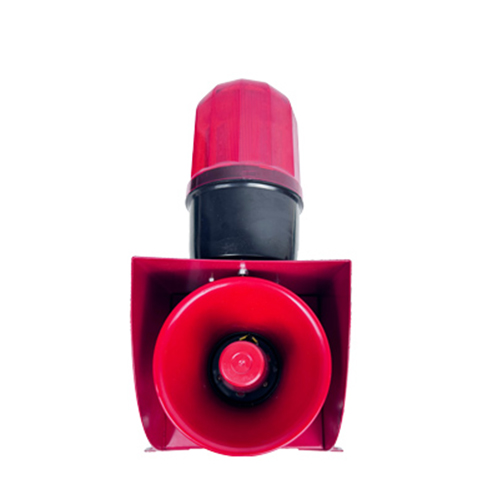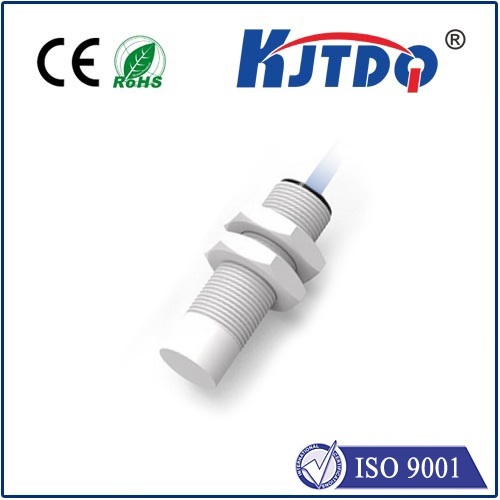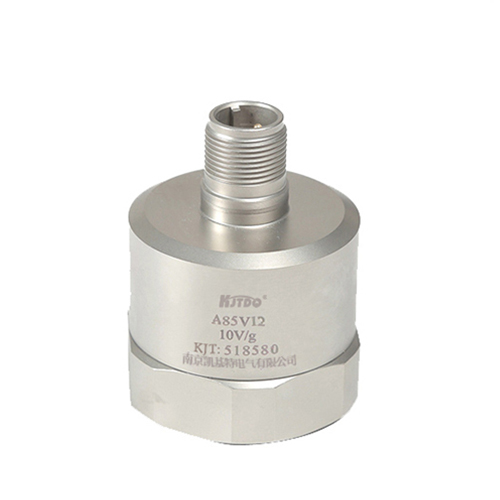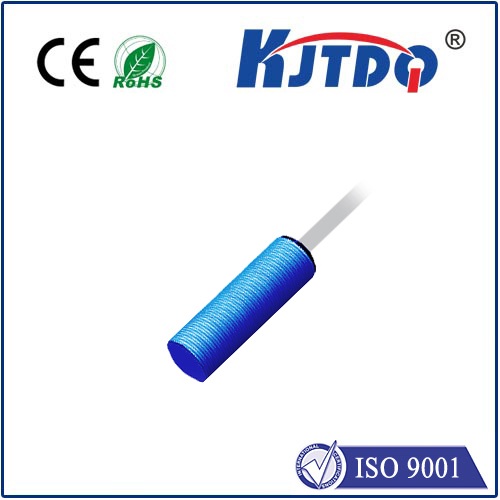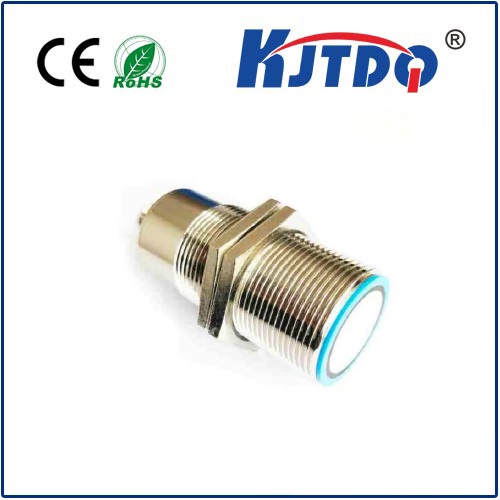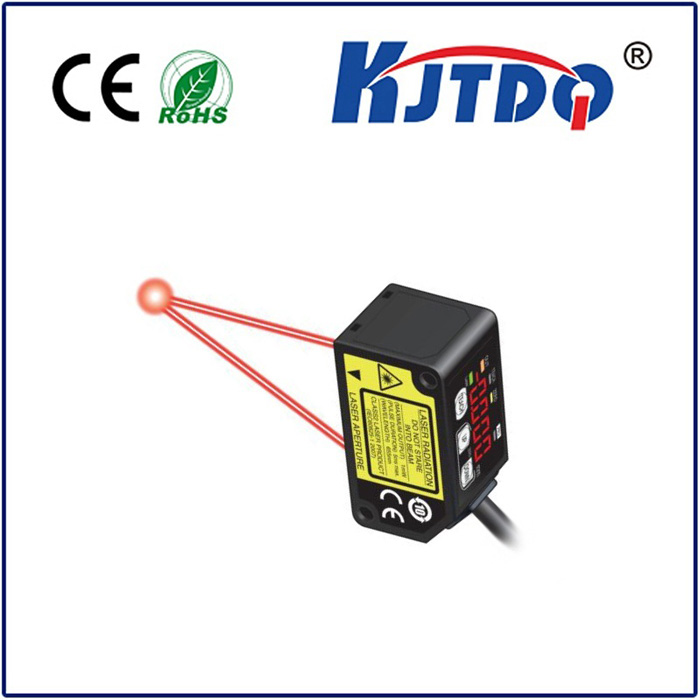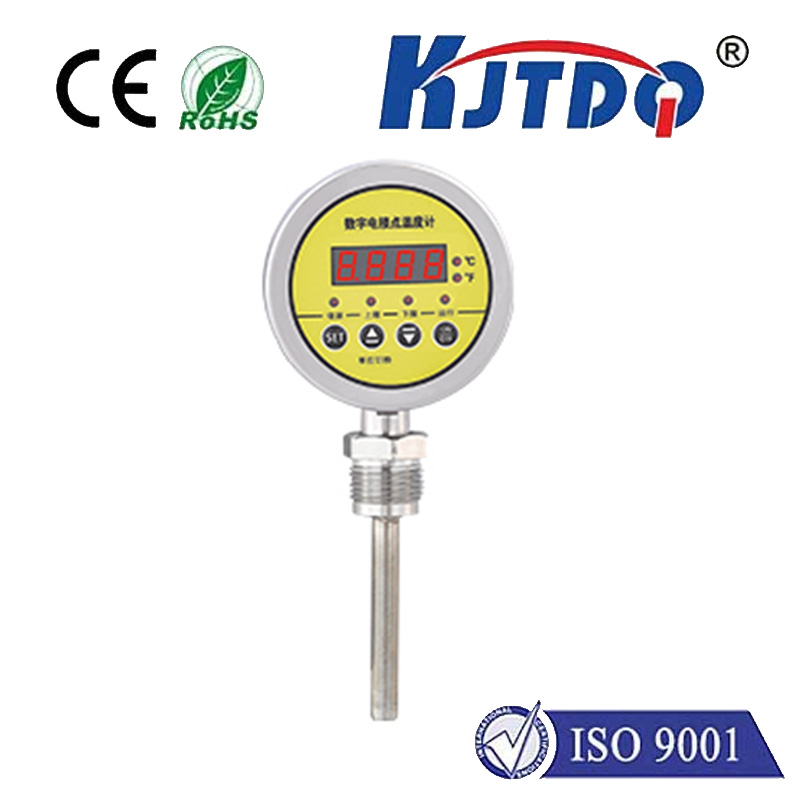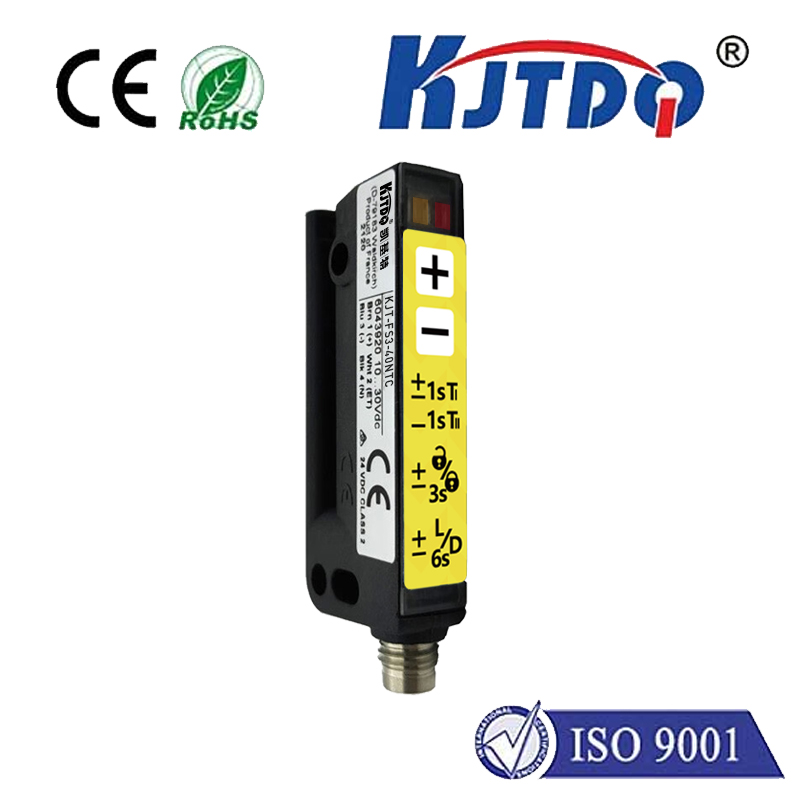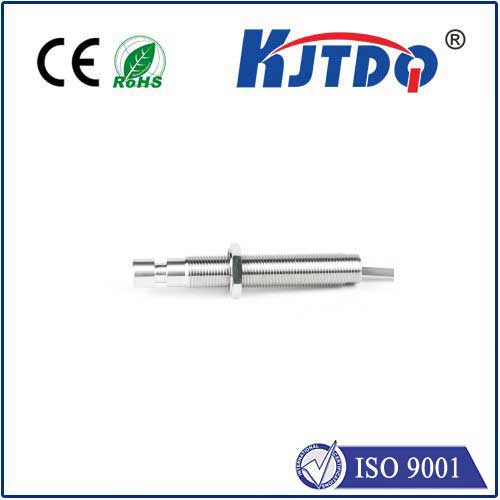liquid sensing proximity sensor
- time:2025-07-13 00:07:06
- Click:0
Liquid Sensing Proximity Sensors: How Non-Contact Detection Revolutionizes Liquid Monitoring
Ever wondered how machines “know” precisely when a tank is full without dipping a finger? Or how industrial systems instantly detect a potentially catastrophic spill? The answer often lies in a remarkable, unsung hero of modern automation: the liquid sensing proximity sensor. This sophisticated technology provides non-contact liquid level detection and spill awareness, fundamentally changing how we monitor and manage fluids across countless industries.
Unlike traditional float switches or dipsticks that require direct immersion, liquid sensing proximity sensors operate remotely. They detect the presence or absence of liquid without physical contact, typically utilizing principles like capacitance, ultrasonics, or optics. This contactless sensing offers significant advantages: eliminating contamination risk, preventing part wear, enabling use with corrosive liquids, and providing rapid response times critical for safety and precision.
How Do Liquid Sensing Proximity Sensors Work?
Understanding the core technologies demystifies their magic:

- Capacitive Proximity Sensors: These are perhaps the most common for liquid detection near a surface. They create an electromagnetic field. When a liquid (which changes the dielectric constant) enters this field, it alters the sensor’s capacitance. This measurable change triggers the sensor’s output. Key benefits include:
- Ability to detect through non-metallic container walls (plastic tanks, pipes).
- Detection of virtually any liquid type (water, oil, chemicals, food products).
- Insensitivity to ambient light or color variations in the liquid.
- Compact size and relatively simple integration. They excel at detecting liquid presence at specific points, like low-level alarms or overflow prevention.
- Ultrasonic Proximity Sensors: These emit high-frequency sound waves. The sensor then listens for the echo. The time it takes for the sound wave to reflect back indicates the distance to the target surface – which could be the liquid surface itself or the bottom of an empty tank. Ultrasonic liquid detection shines in:
- Continuous level monitoring in open or closed tanks.
- Measuring the actual distance to the liquid surface.
- Operating effectively in dusty or foggy environments where optics might fail.
- Instances requiring measurement over a range, not just at a single point.
- Optical Proximity Sensors: Utilizing infrared (IR) light, these sensors detect liquids based on reflectivity or light transmission changes.
- Through-beam sensors have separate emitter and receiver. Liquid interrupting the beam triggers detection.
- Reflective sensors emit light and detect reflections off the liquid surface. This method is highly precise for detecting the liquid meniscus or specific interfaces, often used in critical applications like medical devices or laboratory analyzers. However, they can be affected by extreme turbidity or bubbles.
Where Liquid Sensing Proximity Sensors Make a Critical Difference
The applications are vast and span numerous sectors:
- Industrial Process Control & Automation: Monitoring tank levels (filling, emptying), detecting leaks in machinery or pipelines (critical for leak detection), preventing pump dry-running, ensuring proper coolant flow in CNC machines, and controlling liquid dispensing processes. Capacitive sensors are workhorses on production lines.
- HVAC & Plumbing Systems: Protecting pumps from dry operation, detecting overflow in sump pits or condensation pans, monitoring boiler water levels, and ensuring water softener brine tank levels. Here, proximity detection prevents costly damage and maintains system efficiency.
- Medical & Laboratory Equipment: Ensuring precise fluid levels in diagnostic instruments, dialysis machines, and IV pumps. Detecting empty reagent bottles or overflow events with high reliability is paramount. Optical sensors often excel in these high-precision scenarios.
- Food & Beverage Production: Monitoring ingredients in mixing tanks, detecting liquid levels in fillers without contact (crucial for hygiene), ensuring proper lubrication, and verifying wash cycles. Non-contact operation prevents contamination and meets stringent sanitary standards. Proximity sensors integrate seamlessly into clean-in-place (CIP) systems.
- Automotive & Transportation: Monitoring brake fluid, washer fluid, coolant levels, and detecting fuel leaks. Ultrasonic sensors often handle tank level monitoring in these mobile applications.
- Consumer Appliances: Detecting water levels in coffee makers, steam irons, humidifiers, and dishwashers, enabling smarter operation and safety features. Capacitive sensing is frequently used here for its simplicity and robustness.
- Environmental Monitoring: Detecting water levels in wells, streams, or flood warning systems. Ultrasonic sensors are ideal for continuous level measurement outdoors.
Selecting the Right Sensor: Key Considerations
Choosing the optimal liquid sensing proximity sensor requires careful evaluation:
- Liquid Properties: Is the liquid conductive (water, acids) or non-conductive (oil, solvents, pure water)? Conductive liquids are easily detected by capacitive sensors. Viscosity, turbidity, temperature, and corrosiveness also matter.
- Container Material: Capacitive sensors detect liquids through non-metallic walls (plastic, glass), but are ineffective through metal. Ultrasonic sensors often work through plastic or metal enclosures depending on design.
- Required Function: Point-level detection (full/empty) vs. continuous level measurement? Capacitive and optical are great for points; ultrasonic excels at continuous.
- Mounting & Environment: Available space, temperature extremes, pressure, humidity, chemical exposure, and potential for foam or vapor interference all influence the choice.
- Output Type: Digital (on/off) or analog (continuous level signal) outputs are available depending on the sensor type and model.
Beyond Convenience: The Tangible Benefits
Implementing liquid sensing proximity sensors translates into measurable improvements:
- Enhanced Safety: Prevents hazardous spills, equipment damage from dry-running, and potential fires or environmental incidents through reliable leak detection and level control.
- Improved Efficiency: Automates processes, reduces manual checks, optimizes inventory, and minimizes waste.
- Reduced Maintenance: Contactless operation means no moving parts to wear out or get fouled by the liquid itself.
- Increased Reliability: Provides consistent, accurate detection unaffected by many environmental factors, leading to fewer false alarms and process interruptions.
- Operational Cost Savings: Prevents expensive downtime, product loss, and equipment repairs.
Liquid sensing proximity sensors represent a quiet revolution in how we interact with and manage the liquids essential for our world. From ensuring your morning coffee is ready to preventing industrial accidents or safeguarding medical treatments, these intelligent devices deliver reliable, non-contact liquid level detection and control, underpinning efficiency, safety, and innovation across the board. Their ability to enable proximity detection of liquids remotely and robustly makes them indispensable tools in the modern industrial and technological landscape.












